Nursing Leadership and Management Canadian Edition 1st Edition by Alice Gaudine – Test Bank
Multiple Choice Questions
1) The term “quality assurance” has been replaced with: __________.
a. quality improvement
b. quality management
c. risk management
d. patient safety
Answer: a
Rationale for correct answer:
a. Correct: In health care, the term “quality assurance” has been replaced by the term “quality improvement” because quality assurance suggests we can assure quality and, while we cannot do this, we can improve it.
b. Incorrect: In health care, the term “quality assurance” has been replaced by the term “quality improvement,” not “quality management.”
c. Incorrect: In health care, the term “quality assurance” has been replaced by the term “quality improvement,” not “risk management.”
d. Incorrect: In health care, the term “quality assurance” has been replaced by the term “quality improvement,” not “patient safety.”
Client need per NCLEX: safe and effective care environment
Integrated Nursing Process: Assessment, Diagnosis, Planning, Implementation, Evaluation
Objective: 1—Compare quality improvement, patient safety, and risk management programs
2) Risk management programs __________.
a. identify potential risks to patients
b. measure quality indicators
c. develop and implement strategies to improve quality
d. are not suitable for community health care settings
Answer: a
Rationale for correct answer:
a. Correct: Risk management programs identify potential risks to patients, staff, or property such as injuries, loss, or damage. Once potential risks are identified, actions are taken to reduce the risks.
b. Incorrect: Measuring quality indicators is part of total quality management, not risk management.
c. Incorrect: Developing and implementing strategies to improve quality is part of total quality management, not risk management.
d. Incorrect: Risk management programs are very important in all health care settings, including community health care.
Client need per NCLEX: safe and effective care environment
Integrated Nursing Process: Assessment, Diagnosis, Planning, Implementation, Evaluation
Objective: 1—Compare quality improvement, patient safety, and risk management programs
3) The nurse manager has decided to investigate why an increased number of medication errors are being reported on the unit. A root cause analysis method is used because __________.
a. there is no barrier to its use with respect to time
b. it allows for a variety of analysis techniques to be used
c. it does not require any meetings
d. only those involved in the incidents need to participate in the analysis
Answer: b
Rationale for correct answer:
a. Incorrect: One barrier to the use of root cause analysis is time, because this process requires a number of meetings. Other barriers are that persons with relevant knowledge may not be available or may refuse to participate, one person may dominate the discussion, or some may stick to using only timeline method and limit the discussion.
b. Correct: Root cause analysis is used to investigate the causes of near misses, incidents, and sentinel events in health care. After the incident to be analyzed has been identified, a team of people who have relevant knowledge is assembled to review how the incident occurred and to take action. A variety of techniques, such as timelines, cause and effect charts, brainstorming, and re-enactment of an incident can be used in root cause analysis.
c. Incorrect: A number of meetings are required for root cause analysis.
d. Incorrect: More people than only those involved in the incident should participate in the root cause analysis.
Client need per NCLEX: safe and effective care environment, psychological integrity
Integrated Nursing Process: Assessment, Diagnosis, Planning, Implementation, Evaluation
Objective: 2—Debate the pros and cons of different quality improvement approaches such as structure, process and outcome indicators, Total Quality Management, root cause analysis, and nursing sensitive outcomes
4) Staff in a newly restructured facility are participating in a learning session on Total Quality Management. At first they are troubled by this method, but then they become encouraged when they hear that this method is going to be used in the organization because __________.
a. it will allow them to go focus on the current way of doing things
b. it includes performance appraisals at all levels
c. it has been known to be very easy to implement in other health care environments
d. it reduces the barriers between departments
Answer: d
Rationale for correct answer:
a. Incorrect: TQM is a method that encourages a change in the current way of doing things to improve processes and customer service.
b. Incorrect: Performance appraisals are not a focus of TQM because performance appraisals are viewed as focusing on individuals, instead of the entire team.
c. Incorrect: TQM is difficult to implement in some health care structures, such as those with vertical hierarchies that may require first talking with the department head before moving an issue forward.
d. Correct: An important aspect of TQM is the reduction of barriers between departments. To continuously improve quality, members of different work groups need to be able to talk with each other.
Client need per NCLEX: safe and effective care environment
Integrated Nursing Process: Assessment, Diagnosis, Planning, Implementation, Evaluation
Objective: 2—Debate the pros and cons of different quality improvement approaches such as structure, process and outcome indicators, Total Quality Management, root cause analysis, and nursing sensitive outcomes
5) You are working on an orthopedic floor and receive a call from the RN in the post-anaesthetic recovery unit who gives you a report on a patient you will be receiving. The nurse tells you the following information:
“Mr. Levine is a 70-year-old patient who had a laparoscopic appendectomy today, after a three-day history of abdominal pain. The appendix was intact; it had not ruptured. His vital signs are stable (the values are provided) and he had minimal blood loss during the procedure. He is well pain controlled and his laparoscopic sites are dry and intact. He is comfortable currently, but was nauseated when he first came out of the operating room. I would suggest that he have another dose of the antiemetic when it’s due; he says this always happens post-op.”
This is an example of __________.
a. a debriefing
b. SBAR communication
c. a huddle
d. a call-out
Answer: b
Rationale for correct answer:
a. Incorrect: Debriefings are used to identify what happened in specific circumstances, what was learned, and what can be done better next time. This method of communication would not be appropriate for conveying information about a patient during a change of shift or move from one unit of a hospital to another.
b. Correct: SBAR stands for Situation, Background, Assessment, and Recommendation, and is a communication strategy that was by designed by the military, adapted by the aviation industry, and more recently by health care. It can serve as a checklist for nurses when they are communicating important information about a patient.
c. Incorrect: In a huddle, all team members come together for a short, structured communication to review what their next steps should be. Huddles can be used at routine times, such as the beginning of a shift, or when team members feel they need to regroup to think about an issue or a patient. A huddle would likely include more than two nurses involved in patient care.
d. Incorrect: Call outs are used particularly in the OR, to confirm the phase of a process. This communication method would not be used for discussing patient care after a procedure.
Client need per NCLEX: safe and effective care environment, psychological integrity, physiological integrity
Integrated Nursing Process: Assessment, Diagnosis, Planning, Implementation, Evaluation
Objective: 3—Identify methods of communication to improve patient safety, including SBAR, huddles, checklists, briefings, time out, and handout process
6) SBAR communication stands for __________.
a. situation, breathing, airway, and respirations
b. situation, background, assessment, and recommendation
c. situation, background, action, and recommendation
d. situation, breathing, assessment, and recommendation
Answer: b
Rationale for correct answer:
a. Incorrect: SBAR stands for situation, background, assessment, and recommendation.
b. Correct: SBAR stands for situation, background, assessment, and recommendation.
c. Incorrect: SBAR stands for situation, background, assessment, and recommendation.
d. Incorrect: SBAR stands for situation, background, assessment, and recommendation.
Client need per NCLEX: safe and effective care environment, physiological integrity
Integrated Nursing Process: Assessment, Diagnosis, Planning, Implementation, Evaluation
Objective: 3—Identify methods of communication to improve patient safety, including SBAR, huddles, checklists, briefings, time out, and handout process
7) Required Organizational Practices __________.
a. should be implemented three months before an accreditation process
b. should be implemented six months before an accreditation process
c. are evidence-based
d. are required for an accreditation process only
Answer: c
Rationale for correct answer:
a. Incorrect: Organizational practices are evidence-based and should be implemented and adhered to continuously, not only in relation to the accreditation process.
b. Incorrect: Organizational practices are evidence-based and should be implemented and adhered to continuously, not only in relation to the accreditation process.
c. Correct: Required Organizational Practice (ROP) is a term developed by Accreditation Canada for practices identified as essential for safe patient care. These practices are evidence-based.
d. Incorrect: Organizational practices are evidence-based and should be implemented and adhered to continuously, not only in relation to the accreditation process.
Client need per NCLEX: safe and effective care environment
Integrated Nursing Process: Assessment, Diagnosis, Planning, Implementation, Evaluation
Objective: 4—Discuss how the accreditation of health care organizations can improve quality
8) Accreditation improves the quality of a health care organization by __________.
a. developing a quality improvement plan that is implemented for the duration of the accreditation process
b. providing standards for governance but not for leadership
c. providing standards for both governance and patient care delivery
d. providing standards for governance but not for patient care delivery
Answer: c
Rationale for correct answer:
a. Incorrect: The quality improvement plan should be implemented and adhered to before, during, and after the accreditation process.
b. Incorrect: Accreditation provides standards for governance, leadership, and client care delivery.
c. Correct: Accreditation programs are built on standards for governance, leadership, and client care delivery such as critical care, cancer care, home care, hospice palliative care, etc. The standards are standards of excellence, and their purpose is for an organization to use them to identify areas where they are doing well and areas within which they can improve.
d. Incorrect: Accreditation provides standards for governance, leadership, and client care delivery.
Client need per NCLEX: safe and effective care environment
Integrated Nursing Process: Assessment, Diagnosis, Planning, Implementation, Evaluation
Objective: 4—Discuss how the accreditation of health care organizations can improve quality
9) A nurse who is considering retirement has been asked to develop a quality improvement initiative as part of a late career initiative in order to improve quality in her practice setting (the emergency room). She has decided to improve quality by promoting a culture of safety. Which one of following ideas is best suited for her plan?
a. One person should be assigned the task of completing all documentation required for accreditation.
b. The nurse manager should now inform the charge nurses that they are responsible for safety in the department.
c. When incident reports are completed, a team of front-line care providers should review them and a root cause analysis should be completed.
d. When incident reports are completed, the nurse manager should review them and meet with the staff involved.
Answer: c
Rationale for correct answer:
a. Incorrect: All people involved in the accreditation process should be involved in documentation.
b. Incorrect: Telling charge nurses that they are responsible for safety does not necessarily promote a culture of safety; all team members must be involved in the process.
c. Correct: Health care teams use root cause analysis to investigate the causes of near misses, incidents, and sentinel events. This process improves patient safety because with root cause analysis, the underlying causes of incidents can be identified, allowing the team to learn from the incidents and take actions to avoid similar incidents.
d. Incorrect: A culture of safety embraces the identification of process issues related to incident reports, not penalizing staff members.
Client need per NCLEX: safe and effective care environment, psychological integrity, physiological integrity
Integrated Nursing Process: Assessment, Diagnosis, Planning, Implementation, Evaluation
Objective: 5—Develop a quality improvement initiative to improve quality in your practice setting(s)
10) In order to improve the quality of patient care, which of the following is not required?
a. risk management programs
b. patient safety programs
c. quality improvement programs
d. quality assurance programs
Answer: d
a. Incorrect: Risk management programs are an important aspect of improving the quality of patient care.
b. Incorrect: Patient safety programs are integral to improving the quality of patient care.
c. Incorrect: Quality improvement programs improve the quality of patient care.
d. Correct: The term “quality assurance” has been replaced with “quality improvement” because quality can be improved, but not assured.
Rationale for correct answer:
Client need per NCLEX: safe and effective care environment
Integrated Nursing Process: Assessment, Diagnosis, Planning, Implementation, Evaluation
Objective: 5—Develop a quality improvement initiative to improve quality in your practice setting(s)


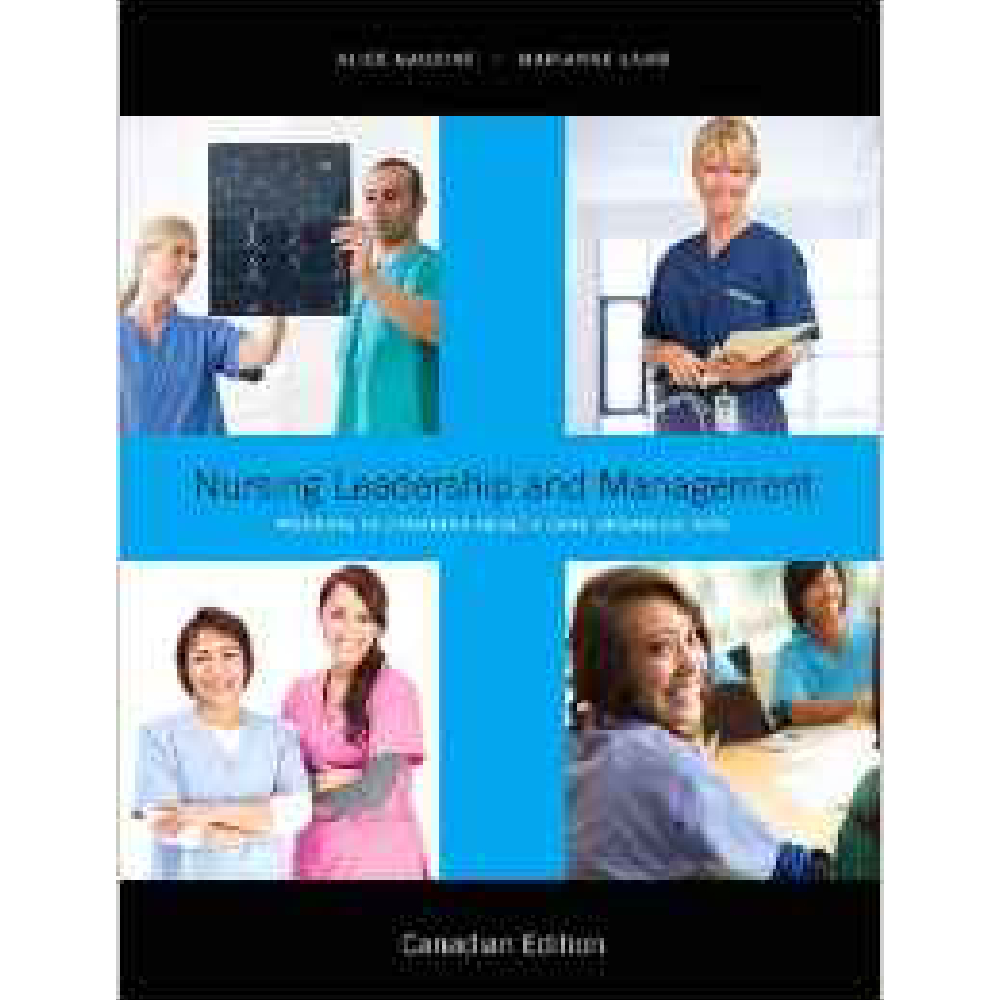

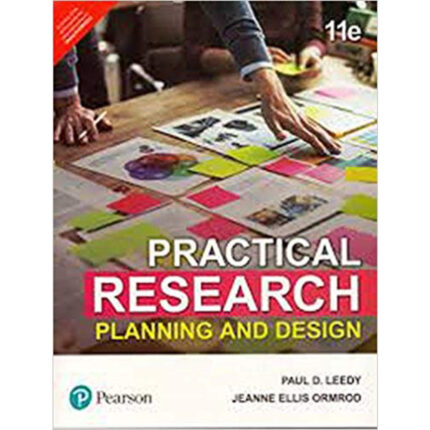



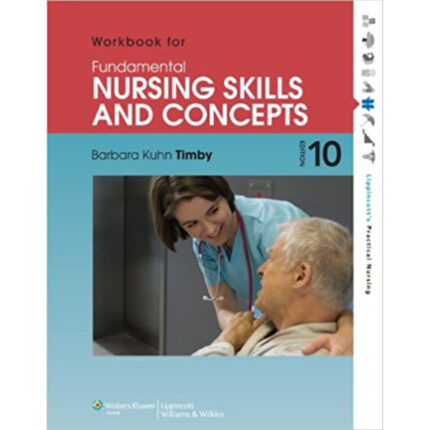
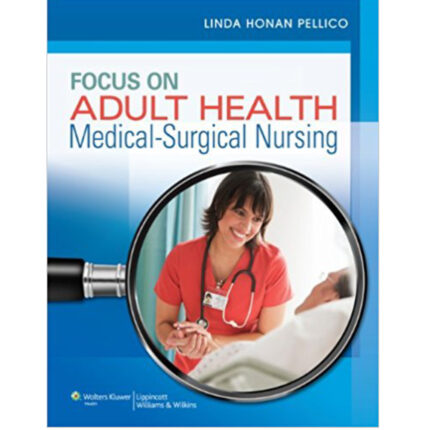
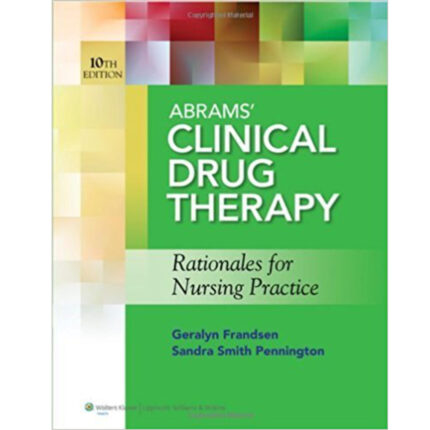


Reviews
There are no reviews yet.